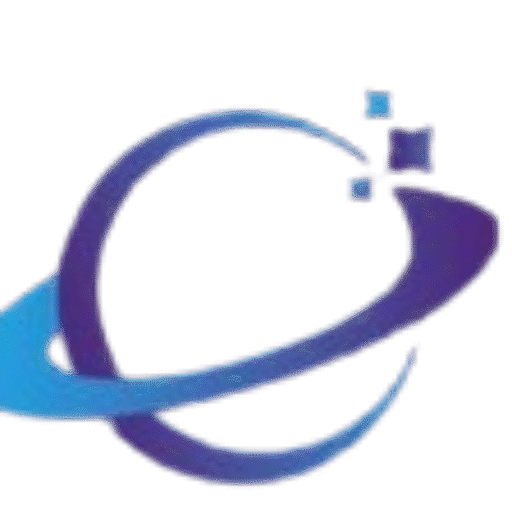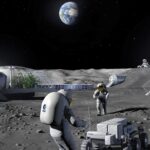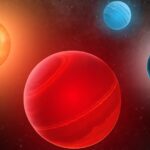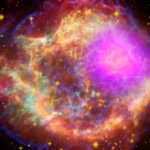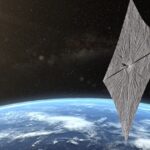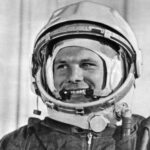Look up at the night sky on a clear night, far away from city lights. What you see is a faint, cloudy band of light stretching across the darkness. That beautiful, glowing path is our home in the universe: the Milky Way Galaxy. It’s made of hundreds of billions of stars, planets, and vast clouds of gas and dust. But where did this giant, spinning city of stars come from?
The truth is, the Milky Way was not born all at once. It grew and changed over billions of years, a long and exciting story of cosmic history. It started as a few small clouds of gas and got bigger by smashing into and swallowing other smaller galaxies. This article will take you on a journey back in time, to the very beginning of our galaxy’s life, to understand how the incredible home we know today came to be.
The Universe’s First Building Blocks
Our story begins almost 14 billion years ago, right after the Big Bang. At that time, the universe was a super hot, dense cloud of gas. As the universe began to cool down, simple elements like hydrogen and helium were formed. These elements became the basic building blocks for everything that would come later, including our galaxy.
But there was another key ingredient that we can’t see: dark matter. Scientists believe dark matter is a strange, invisible kind of material that doesn’t shine or give off light. However, it has gravity. This gravity was the “cosmic glue” that held everything together. In the early universe, this invisible dark matter began to clump together in big, uneven clouds. These clouds of dark matter became the main scaffolding, or the basic structure, for all the first galaxies. The normal gas of hydrogen and helium was then pulled in by the gravity of the dark matter.
The First Stars and Tiny Galaxies
As the gas was pulled into the dark matter clouds, it became denser and hotter. Soon, in the densest parts, gravity squeezed the gas so hard that nuclear fusion started. This is the process that makes a star shine. The very first stars in the universe were born inside these dark matter clouds. They were much bigger and hotter than our Sun and lived for only a short time before dying in giant explosions.
These first stars gathered together in small groups. These groups of stars were the very first, tiny galaxies, also called protogalaxies. They were not the big, beautiful spirals we see today; they were more like small, fuzzy blobs. The early universe was filled with billions of these tiny galaxies, all floating around in the dark.
The Milky Way’s First Step: A Cosmic Merger
For our galaxy to become as big as it is today, these small protogalaxies had to come together. The story of our galaxy is a story of cosmic collisions. Our Milky Way probably started its life as a few of these small galaxies that merged together. Over millions of years, their gravity pulled them closer and closer until they crashed into each other. These weren’t violent, instant crashes like cars on a highway. Instead, it was a slow dance where stars and gas mixed and swirled together, forming a bigger galaxy.
This process of smaller galaxies joining to make a bigger one is a major part of galaxy formation. Scientists sometimes call this “galactic cannibalism” because the bigger galaxies “eat” the smaller ones. By looking at the oldest stars in the Milky Way, astronomers can find clues about these early mergers. These old stars can be found in a huge cloud called the galactic halo that surrounds our galaxy. These stars are the oldest residents of the Milky Way, and they show us where our galaxy began.
A Violent Past: The Gaia-Enceladus Collision
One of the most important events in our galaxy’s history was a massive collision that happened about 10 billion years ago. Scientists believe a small galaxy, about a quarter of the size of the Milky Way, smashed into our young galaxy. This galaxy is now called Gaia-Enceladus.
This was a major event in the history of the Milky Way. The collision didn’t destroy our galaxy, but it changed its shape forever. The smaller galaxy was pulled apart and its stars were scattered through the Milky Way. The crash also added a huge amount of new stars and gas to our galaxy, helping it grow much bigger. The stars from the Gaia-Enceladus galaxy are still mixed in with our galaxy’s stars today. Scientists have been able to find them by looking at their movements, which are different from our galaxy’s original stars. This collision helped form the central bulge and the thick disk of our galaxy that we see today.
Growing Up: The Formation of the Spiral Shape
After the Gaia-Enceladus collision, our galaxy continued to grow and change. The gravity of the central part of the galaxy made it start to spin, just like a spinning top. The stars and gas began to flatten out into a giant, thin disk. This is a very common shape for galaxies that have lots of gas and stars.
As the galaxy spun, new stars were being born in the gas clouds inside this disk. These young stars and gas began to form a special shape: the spiral arms. These arms are where most of the newest stars are created. They are not solid structures; instead, they are like traffic jams. As stars and gas move around the galaxy, they bunch up in these arms, just like cars on a busy highway. It is in these “traffic jams” that the new stars get a chance to form. Our own Sun is located inside one of these spiral arms.
Over time, more and more gas and dust gathered in this thin disk, and more stars were born. The Milky Way was finally starting to look like the galaxy we know today, with a central bulge, a flat disk, and beautiful spiral arms.
The Milky Way Today: A Living, Breathing Galaxy
The Milky Way today is a massive and active galaxy. It is still growing by “eating” other smaller galaxies. For example, our galaxy is slowly pulling apart and absorbing a small galaxy called the Sagittarius Dwarf Galaxy. You can even see the stars from this galaxy being stretched out in long streams around the Milky Way.
At the very center of our galaxy, there is a supermassive black hole. It is an incredible four million times the mass of our Sun. While this black hole is massive, it doesn’t suck in our entire galaxy. Instead, it acts like a kind of anchor, holding everything together with its immense gravity. All the stars, including our Sun, orbit around this central black hole.
Our galaxy is also still a place of birth and death for stars. In the spiral arms, new star nurseries are forming. These are big clouds of gas where new stars are born. The gas and dust left over from the very first stars that died long ago are used to make these new stars, proving that our galaxy is a truly living and breathing system.
What’s Next for the Milky Way?
The story of the Milky Way is not over. In about four billion years, our galaxy is set to have its biggest collision yet. It will begin to crash into our closest neighbor, the Andromeda Galaxy. This will be a slow-motion cosmic smash-up that will last for a very long time.
Don’t worry, though. The stars in both galaxies are so far apart that individual stars and planets are very unlikely to collide. Instead, the galaxies will pass through each other. Over millions of years, their gravity will pull and tear at each other, causing the stars to be flung out into new orbits. This grand event will create a brand new galaxy, an even bigger one that scientists have already named “Milkomeda.”
In conclusion, our home in the universe, the Milky Way, was born from a slow, chaotic, and beautiful process. It was not a single event but a long history of cosmic mergers and collisions. From the very first building blocks of gas and dark matter to the giant, beautiful spiral it is today, our galaxy’s story is a powerful reminder of how complex and ever-changing our universe truly is.
